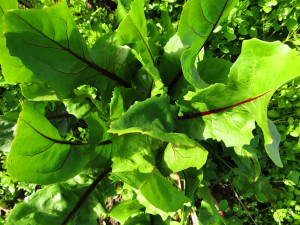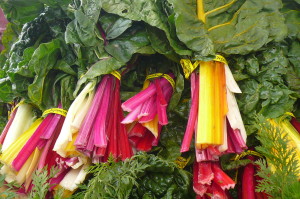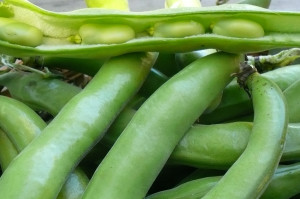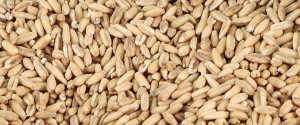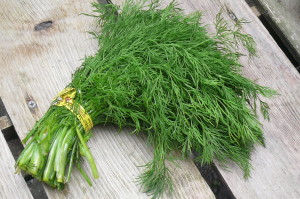4 cups chopped dandelion leaves
2 cups flower petals
2 cups buds
1 tablespoon butter or olive oil
1 cup chopped leeks or onions
6 cloves garlic, minced
4 cups water or veggie/chicken stock
2 teaspoons salt
1 teaspoon curry powder or turmeric
2 cups whole milk or milk substitute
Gently boil dandelion leaves in 6 cups water. Pour off bitter water and boil gently a second time, pouring off the bitter water.
In a heavy soup pot, saute leeks and garlic in butter or oil till translucent. Add 4 cups water or stock, leaves, flower petals, buds and salt. Simmer gently for about 45 minutes.
Add milk and simmer a few minutes more to meld the flavors. Season to taste. Garnish with flower petals.
Adapted from rosesprodigalgarden.org/recipes/dandelionrecipes.html.
Have you tried this recipe? Tell us how it turned out!

